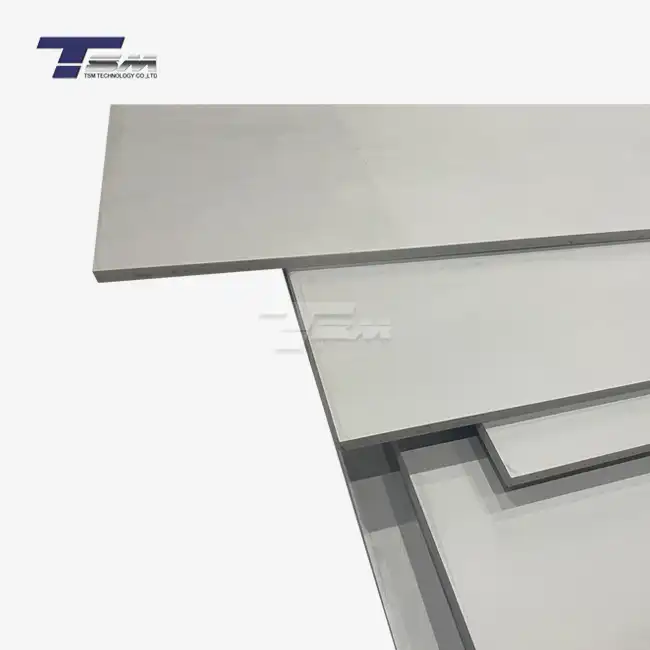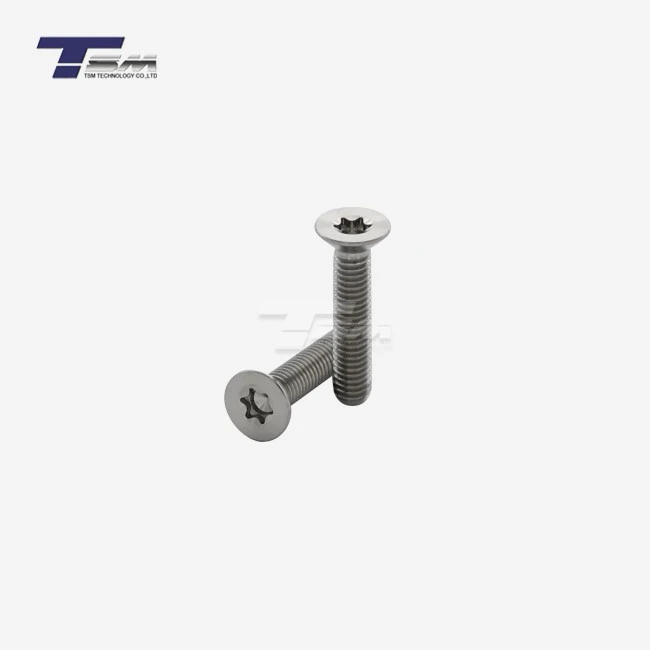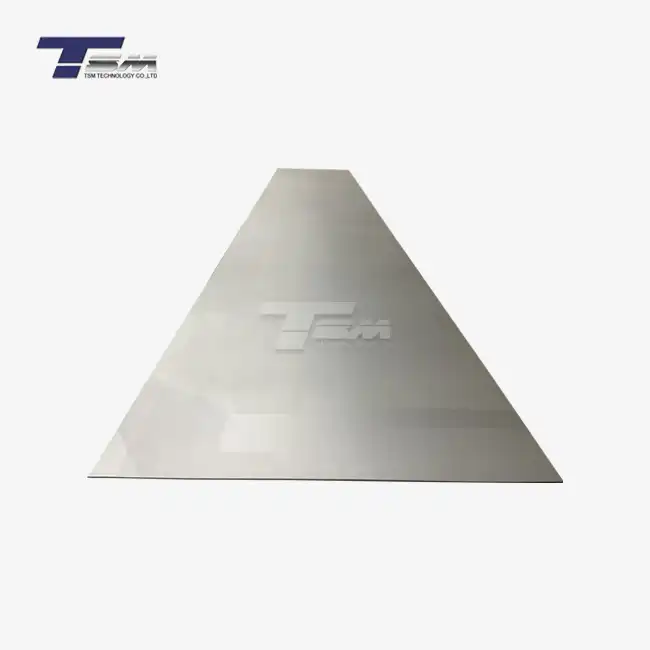- English
- French
- German
- Portuguese
- Spanish
- Russian
- Japanese
- Korean
- Arabic
- Greek
- German
- Turkish
- Italian
- Danish
- Romanian
- Indonesian
- Czech
- Afrikaans
- Swedish
- Polish
- Basque
- Catalan
- Esperanto
- Hindi
- Lao
- Albanian
- Amharic
- Armenian
- Azerbaijani
- Belarusian
- Bengali
- Bosnian
- Bulgarian
- Cebuano
- Chichewa
- Corsican
- Croatian
- Dutch
- Estonian
- Filipino
- Finnish
- Frisian
- Galician
- Georgian
- Gujarati
- Haitian
- Hausa
- Hawaiian
- Hebrew
- Hmong
- Hungarian
- Icelandic
- Igbo
- Javanese
- Kannada
- Kazakh
- Khmer
- Kurdish
- Kyrgyz
- Latin
- Latvian
- Lithuanian
- Luxembou..
- Macedonian
- Malagasy
- Malay
- Malayalam
- Maltese
- Maori
- Marathi
- Mongolian
- Burmese
- Nepali
- Norwegian
- Pashto
- Persian
- Punjabi
- Serbian
- Sesotho
- Sinhala
- Slovak
- Slovenian
- Somali
- Samoan
- Scots Gaelic
- Shona
- Sindhi
- Sundanese
- Swahili
- Tajik
- Tamil
- Telugu
- Thai
- Ukrainian
- Urdu
- Uzbek
- Vietnamese
- Welsh
- Xhosa
- Yiddish
- Yoruba
- Zulu
A Guide to Metal Surface Finishes
Metal surface finishes play a crucial role in enhancing the appearance, durability, and functionality of various components in industries ranging from aerospace to consumer electronics. This comprehensive guide delves into the intricacies of metal surface finishes, exploring their types, applications, and benefits. Whether you're a seasoned engineer or a curious enthusiast, understanding the nuances of metal surface treatments can significantly impact your projects and decision-making processes. From corrosion resistance to aesthetic appeal, we'll uncover how different finishes can transform the properties of metals and superior alloy materials, making them suitable for diverse environments and applications.
Types of Metal Surface Finishes
Electroplating: A Versatile Finish
Electroplating stands out as a versatile and widely used metal surface finish. This process involves depositing a thin layer of metal onto the surface of another metal through electrodeposition. Common electroplated finishes include chrome, nickel, zinc, and gold. Each offers unique properties:
- Chrome plating: Provides a hard, bright finish with excellent wear resistance
- Nickel plating: Offers good corrosion resistance and a lustrous appearance
- Zinc plating: Enhances corrosion protection, especially for ferrous metals
- Gold plating: Ensures excellent conductivity and corrosion resistance for electronics

Anodizing: Enhancing Aluminum
Anodizing is an electrochemical process primarily used on aluminum. It creates a durable, corrosion-resistant oxide layer on the metal's surface. This finish not only protects the aluminum but also allows for dyeing in various colors, making it popular in consumer electronics and architectural applications. Anodized surfaces are:
- Highly resistant to wear and corrosion
- Electrically insulative
- Aesthetically pleasing with various color options
Powder Coating: Durable and Eco-Friendly
Powder coating has gained popularity due to its durability and environmental benefits. This process involves applying dry powder to the metal surface and then curing it under heat. The result is a uniform, tough finish that adheres well to metals. Powder coating offers:
- Excellent resistance to chipping, scratching, and fading
- A wide range of color and texture options
- Lower environmental impact compared to liquid paints
Applications and Benefits of Surface Finishes
Corrosion Protection in Harsh Environments
One of the primary reasons for applying surface finishes is to protect metals from corrosion. In industries such as marine, oil and gas, and chemical processing, components are exposed to highly corrosive environments. Surface finishes like zinc plating, passivation, and specialized coatings can significantly extend the lifespan of metal parts. For instance, Monel alloys, known for their excellent corrosion resistance, can be further enhanced with appropriate surface treatments to withstand extreme conditions.
Aesthetic Enhancement for Consumer Products
In consumer goods and architectural applications, the visual appeal of metal surfaces is paramount. Finishes like brushed nickel, polished chrome, or anodized aluminum can transform the appearance of products, making them more attractive to consumers. These finishes not only look good but also provide a layer of protection against daily wear and tear. The ability to combine functionality with aesthetics makes surface finishes indispensable in product design and manufacturing.
Functional Coatings for Specialized Applications
Certain industries require metals with specific surface properties. For example, the aerospace industry often uses thermal barrier coatings on turbine blades to improve heat resistance. In the electronics sector, gold plating is used on connectors to ensure excellent conductivity and corrosion resistance. Specialized coatings can also enhance lubricity, reduce friction, or improve adhesion for subsequent processes. The versatility of surface finishes allows engineers to tailor metal properties to meet specific functional requirements.
Selecting the Right Surface Finish
Material Compatibility and Performance Requirements
Choosing the appropriate surface finish begins with understanding the base metal and its intended application. Different metals interact uniquely with various finishes. For instance, nickel alloys like Inconel may require specific surface treatments to optimize their inherent corrosion resistance. Consider factors such as:
- The chemical composition of the base metal
- Environmental conditions the part will face
- Required longevity and maintenance expectations
Consulting with metallurgists or surface finish experts can help in making informed decisions tailored to your specific needs.
Cost-Benefit Analysis of Surface Finishes
While surface finishes offer numerous benefits, it's essential to weigh the costs against the expected performance improvements. Some considerations include:
- Initial application cost vs. long-term savings in maintenance or replacement
- Production volume and scalability of the finishing process
- Potential for improved product value or market differentiation
For example, while a high-end finish like platinum plating might be justified for critical aerospace components, it may be overkill for general industrial applications where more cost-effective options like zinc plating could suffice.
Environmental and Regulatory Considerations
As industries move towards more sustainable practices, the environmental impact of surface finishes has come under scrutiny. When selecting a finish, consider:
- Compliance with environmental regulations in your region
- Potential for recycling or disposal at the end of the product's life
- Health and safety implications for workers and end-users
For instance, chromate conversion coatings, once widely used for corrosion protection, have been largely phased out due to environmental concerns. Alternative finishes like trivalent chromium plating or certain types of anodizing can offer similar benefits with reduced environmental impact.
Conclusion
Metal surface finishes are integral to enhancing the performance, durability, and aesthetics of metallic components across various industries. From the corrosion resistance of electroplated surfaces to the visual appeal of anodized aluminum, each finish offers unique properties that can be tailored to specific applications. As technology advances, new and improved surface treatments continue to emerge, offering even greater possibilities for metal enhancement. By carefully considering material compatibility, performance requirements, cost-effectiveness, and environmental impact, engineers and designers can select the optimal surface finish to meet their needs and exceed expectations in their respective fields.
Contact Us
For expert guidance on selecting the ideal surface finish for your superior nickel alloy and special metals applications, contact TSM TECHNOLOGY at info@tsmnialloy.com. Our team of specialists is ready to help you optimize your metal components for peak performance and longevity.
References
Smith, J. (2022). Advanced Metal Surface Treatments in Aerospace Applications. Journal of Materials Engineering and Performance, 31(4), 2589-2601.
Johnson, R., & Brown, L. (2021). Corrosion Protection Strategies for Marine Environments. Corrosion Science, 184, 109390.
García-Heras, M., et al. (2023). Sustainable Metal Finishing Technologies: A Review. Surface and Coatings Technology, 448, 128889.
Thompson, E. (2020). The Impact of Surface Finishes on Consumer Product Perception. Journal of Product Innovation Management, 37(5), 418-434.
Lee, S., & Park, Y. (2022). Advances in Thermal Barrier Coatings for Gas Turbine Applications. Progress in Materials Science, 123, 100839.
Wong, K., et al. (2021). Environmental Considerations in Metal Surface Finishing: Current Trends and Future Prospects. Journal of Cleaner Production, 315, 128217.
Learn about our latest products and discounts through SMS or email



